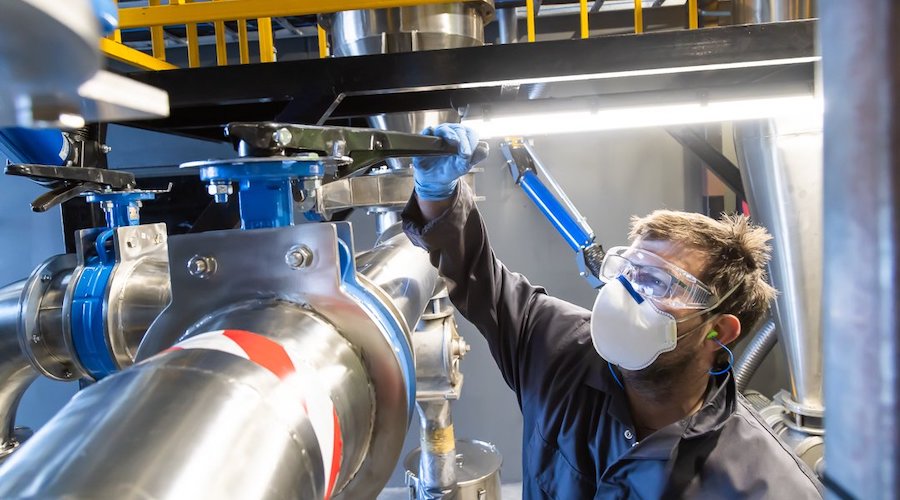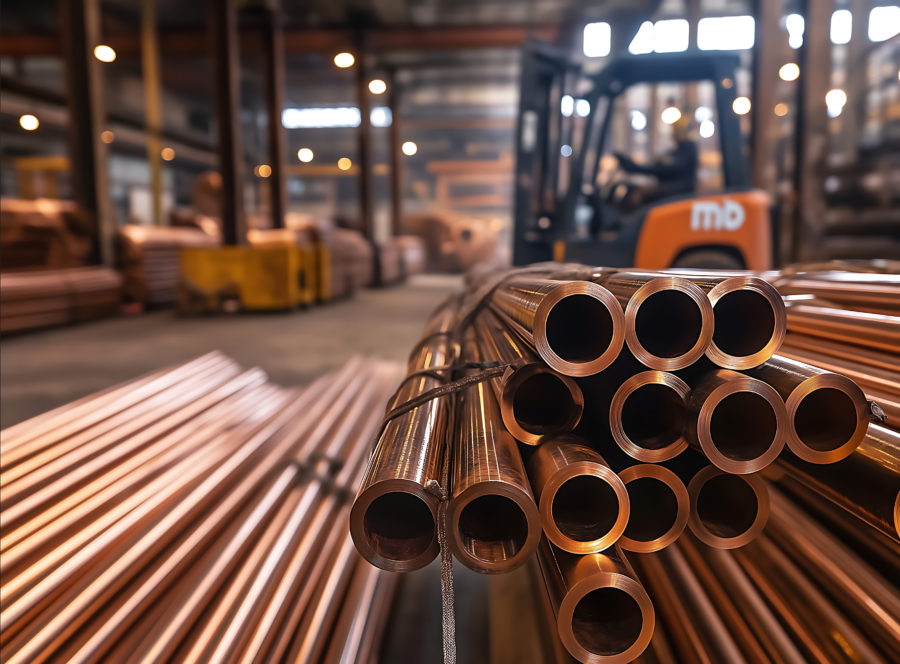CarbonScape gets $18 million cash injection to deliver biographite to Europe, US

New Zealand-based battery material innovator CarbonScape, the first-to-market producer of biographite, received an investment of $18 million led by renewable products provider Stora Enso, global lithium-ion battery innovator ATL and other strategic partners.
In a press release, the company said that the cash injection will support the commercialization in Europe and the US of biographite, a carbon-negative alternative to the critical material for Li-ion batteries. The goal is to also establish production plants on both continents.
According to CarbonScape, its patented process is the result of seven years of development and testing and uses timber and forestry industry by-products, such as wood chips. It is a sustainable alternative to synthetic or petroleum-based and natural or mined graphite.
The black/grey mineral makes up to 50% of the weight of a lithium-ion battery and, as a result, over half of global demand for graphite now comes from the battery sector.
Graphite production, however, is also one of the largest CO2 emitters in the raw battery materials supply chain and represents a significant proportion of the cost of energy storage devices.
“CarbonScape’s biographite enables the establishment of localized battery supply chains from the ground up. If we are to truly move away from fossil carbon and power our economies through mass electrification, we urgently need sustainable alternatives like biographite to scale quickly,” Ivan Williams, CEO of CarbonScape, said.
“This investment represents a strong statement of support for sustainable sourcing of battery materials for global decarbonization. With these partnerships, CarbonScape is another step closer to bringing biographite to market on a commercial scale.”
Williams emphasized that biographite has a carbon-negative footprint, saving up to 30 tonnes of CO2 emissions per tonne of material compared to synthetic or mined graphite.
“Using biographite will enable battery manufacturers to cut the carbon footprint of each battery by almost a third, potentially reducing sector emissions by more than 86 million tonnes of CO2 per year by 2030,” the executive said.
CarbonScape’s CEO also pointed out that to meet the demand for batteries with synthetic graphite would require more than tripling existing production capacity, using fossil fuel feedstocks and high-emission processes. To use mined graphite, on the other hand, would require almost 100 new mines, each taking around 10 years or more to come online and costing hundreds of millions of dollars.
“By contrast, using less than 5% of the forestry industry by-product generated annually in Europe and North America, CarbonScape’s cleaner, faster process could produce enough biographite to meet half the total global projected graphite demand for EV and grid-scale batteries by 2030,” he said.
“Crucially, biographite production can be localized to EV and battery manufacturing hubs, vertically integrating domestic and regional supply chains. This reduces geopolitical risk as countries compete for minerals and as mineral producers seek a greater share of the value.”
More News
{{ commodity.name }}
{{ post.title }}
{{ post.date }}




Comments